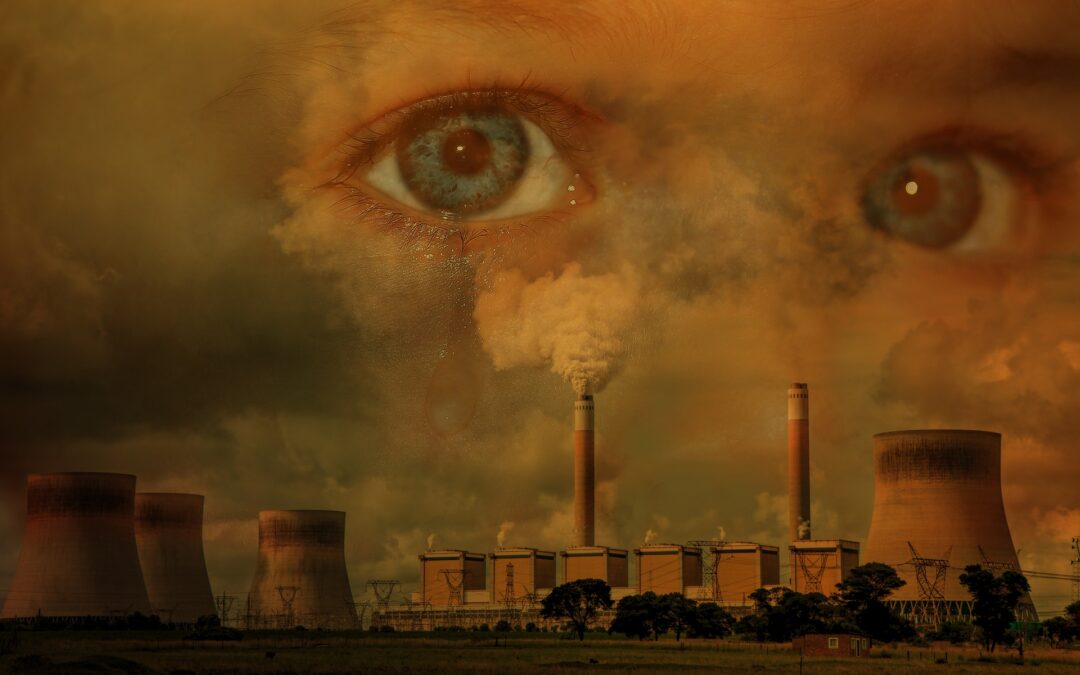Questo articolo è disponibile anche in:
![]() Italiano
Italiano
PM comes from Particulate Matter: and consists of airborne particulate matter, more precisely, according to the definition of the Ministry of the Environment it represents the set of solid and liquid atmospheric particles suspended in ambient air. The term PM2.5 identifies particles with a diameter of less than or equal to 2.5 µm … from here on, however, I dissociate from the description: these particles are too easily incorporated into the PM10 values, especially in the detection ratios, when instead the difference it is substantial.
Why?
I always quote verbatim from the Essia i.e. Effects on the Health of Air Pollution project: in particular, the smallest particles manage to penetrate deeper into the respiratory system. Hence, it is important to understand which and how many particles are able to penetrate the human body, how deep they manage to reach and what type of substances they can carry. For example, the toxicity of particulate matter, and therefore its ability to generate damage to health, can be amplified by the ability to absorb gaseous substances such as PAHs (Polycyclic Aromatic Hydrocarbons) and heavy metals, some of which are powerful carcinogens.
The significant relief of environmental pollution in relation to the onset of tumors is also the subject of the open letter published by Isde the increase in tumor incidence and chronic degenerative diseases that occur in the most polluted areas and at an increasingly early age affecting children, adolescents and young adults is the most striking aspect of the link between environment and health.
I disagree with the choice of the adjective: I find this aspect rather terrifying than striking.
Even the OMS declares that in the European Union only the finest particulate matter causes a loss of life expectancy of about 8,6 months.
In light of all this, it would be natural to think that given the high danger, strict monitoring is applied on the emissions of this fine particulate.
Unfortunately, on the other hand, in many cases it is not even distinguished from the PM10 and is very smoky, forgive the play on words, reporting the data of the relief that has a daily index: which oscillates between 9 and 8 while I’m writing, when the term of comparison is according to Ispra is an annual limit of 25 µm, among other things with a reference to 2010: it is difficult even to find updated information, I wonder why.
Personally I consider this topic of the utmost importance and I care about Lomellina: a land battered between mud and waste-to-energy plants, where livability is compromised.
In Italy there are 51 waste-to-energy plants, of which 29 only in northern Italy are reported by the Civil Protection specifying that the fumes generated are treated and purified.
Among other things, the results of a 2017 Inemar study indicates non-industrial combustion as the main responsible for the PM2.5 emission in Lombardy.
What does it consist of in practice? According to the classification “trade, residential, agriculture.”
To put it mildly: “Are we getting too hot?”
It would look just like this: in fact the concentrations are significantly higher in the winter months as visibly demonstrated in the EEA European Environment Agency graphs.
So waste-to-energy plants are innocent?
No, although over the years the incinerators have covered this “enhancement” with control and purification systems that have certainly reduced the percentage of incidence, a quantity of pollutants is still discharged into the atmosphere. The notorious nano-particles are as capable of easily entering our body and reaching blood, tissues and organs as they are partially able to escape the filtering or disposal systems, here you find an analysis about it.
And if you can solve the calculation of the daily / annual thresholds, you deserve a coffee!



 Hi I'm Claudia and this is KCDC.
Hi I'm Claudia and this is KCDC.




